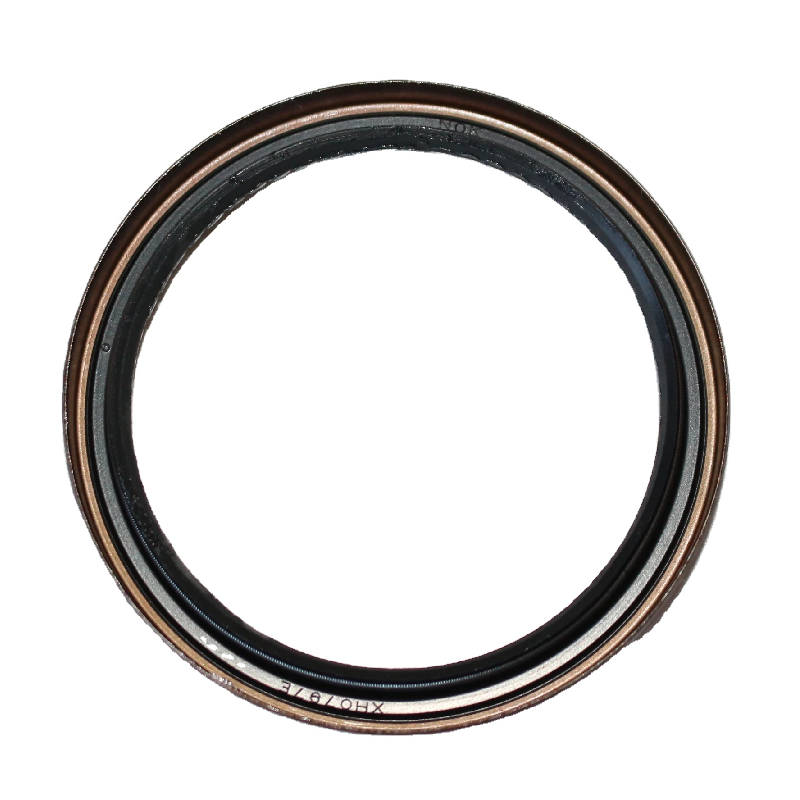o ring rotating shaft
Understanding O-Rings in Rotating Shaft Applications
O-rings are integral components in various mechanical systems, particularly in applications involving rotating shafts. These circular seals play a critical role in preventing fluid leakage and maintaining the efficiency of machinery. As industries strive for greater reliability and performance, the significance of O-rings in rotating shaft applications has gained prominence.
The Function of O-Rings
An O-ring is a doughnut-shaped elastomeric seal designed to fit in a groove and compress against two surfaces, effectively creating a seal. When positioned around a rotating shaft, they are tasked with preventing the escape of fluids or the ingress of contaminants. This is paramount in maintaining the integrity of the system, particularly in dynamic environments where movement is continuous.
Advantages of O-Rings
One of the primary advantages of O-rings is their simplicity and versatility. They can be made from various materials, including rubber, silicone, and fluoropolymers, allowing for adaptability to different temperatures, pressures, and chemical environments. This flexibility makes them suitable for a multitude of applications, ranging from automotive and aerospace to chemical processing and oil exploration.
Moreover, O-rings are cost-effective compared to other sealing solutions. Their design allows for easy installation and replacement, reducing downtime during maintenance. This ease of use is particularly beneficial in machinery where quick repairs are essential for ensuring productivity.
Challenges in Using O-Rings with Rotating Shafts
o ring rotating shaft

Despite their benefits, O-rings do face challenges in rotating shaft applications. The primary concern is wear and tear due to friction. As the shaft rotates, the O-ring experiences cyclical loading and unloading, which can lead to abrasion and deformation over time. Understanding optimal material selection and design is crucial in mitigating these issues to enhance durability and lifespan.
Temperature regulation is another challenge. O-rings can degrade or lose their elastic properties when exposed to extreme temperatures. For instance, high temperatures can lead to hardening and cracking, while low temperatures may cause the O-ring to become brittle. Selecting the right O-ring material based on the operational environment is essential for ensuring effective sealing in rotating applications.
Proper Installation and Maintenance
Successful application of O-rings in rotating shafts extends beyond selection; proper installation and maintenance practices are imperative. During installation, ensuring that the O-ring is not pinched or twisted is crucial, as these mistakes can lead to premature failure. Using lubrication can also help reduce friction, prolonging the life of the O-ring and enhancing sealing effectiveness.
Regular inspection and maintenance are vital for the longevity of O-rings. Signs of wear such as swelling, cracking, or hardening indicate that replacement is necessary. Keeping a routine maintenance schedule can help in identifying these issues before they result in system failure.
Conclusion
In summary, O-rings play a pivotal role in sealing applications related to rotating shafts. Their ability to prevent leaks and protect machinery from contaminants makes them indispensable in numerous industries. While they offer several advantages, understanding the challenges associated with their use is essential for optimizing their performance. By focusing on material selection, proper installation, and regular maintenance, engineers and technicians can ensure that O-rings deliver reliable service in demanding environments. Thus, mastering the use of O-rings in rotating shaft applications is vital for enhancing machinery efficiency and longevity.
-
The Ultimate Guide to Car Repair Kits: Tools and Essentials Every Driver Should Own
News Aug.01,2025
-
The Complete Guide to Oil Pan Gaskets: Sealing Engine Leaks the Right Way
News Aug.01,2025
-
Preventing Oil Leaks: A Complete Guide to Oil Pan Gaskets and Drain Seals
News Aug.01,2025
-
Everything You Need to Know About Oil Pan Gaskets and Drain Plug Seals
News Aug.01,2025
-
Essential for Car Owners: How to Use a Car Repair Kit to Deal with Minor Breakdown
News Aug.01,2025
-
Comprehensive Guide to Engine Oil Sump Gaskets and Related Seals
News Aug.01,2025
-
The Ultimate Guide to Boat Propeller Bearings and Trailer Wheel Bearings
News Jul.31,2025
Products categories















